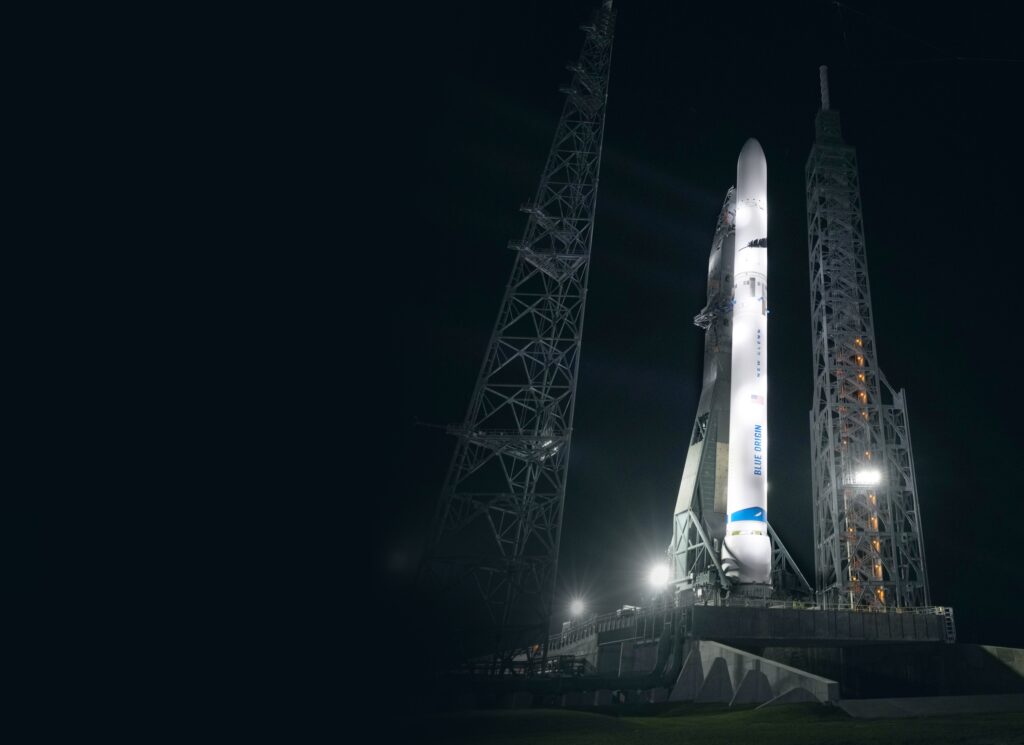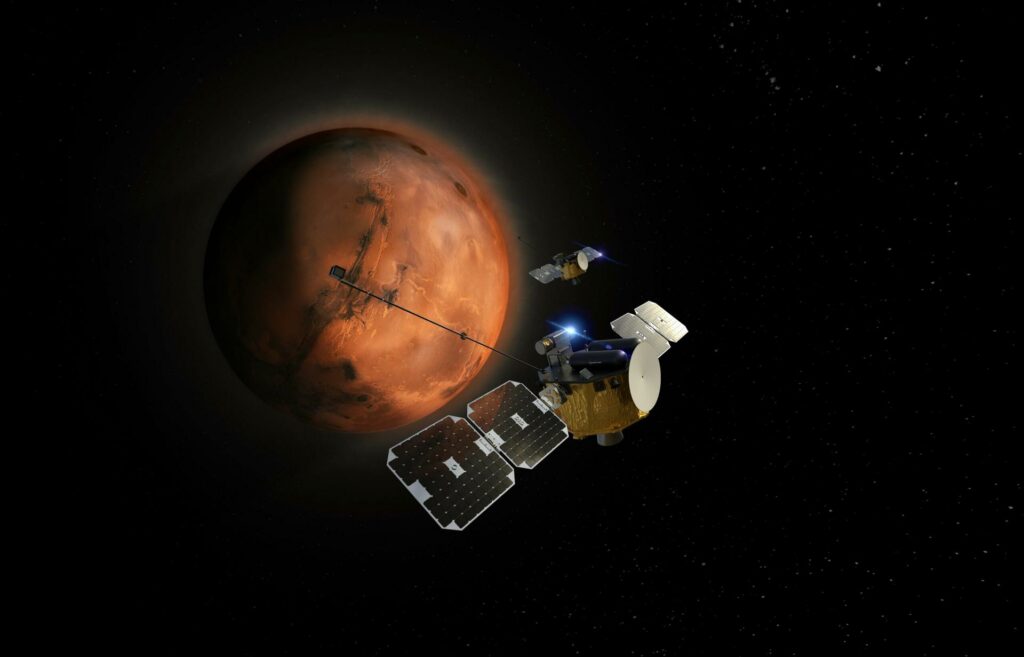NASA and Blue Origin have announced the date of the first launch of the New Glenn heavy rocket. It will go into space on October 13, 2024.
#NewGlenn’s inaugural mission aims to send @NASA’s ESCAPADE to Mars, with a launch date no earlier than October 13.
— Blue Origin (@blueorigin) August 23, 2024
The New Glenn rocket has been under development by Blue Origin since 2012. It has a two-stage design. Its height is 98 meters and its diameter is 7 meters. The rocket will be able to launch up to 45 tons of cargo into low orbit and up to 13.6 tons of cargo into geostationary orbit.
New Glenn’s first stage is powered by seven BE-4 engines running on a methane-oxygen mixture. It is reusable and will land vertically after separation. Thus, according to the designers’ idea, it will be able to compete with SpaceX rockets. The second stage uses a different fuel mixture in the form of hydrogen and oxygen. Blue Origin said it intended to build a fully reusable version of the New Glenn second stage in the future.

It is worth noting that the development of New Glenn turned out to be a much more complex task than Blue Origin’s management originally expected, and therefore significantly delayed. In addition, according to Bloomberg, at least two New Glenn rockets that were to be used for the second and third launches were damaged. In the first case, there was a buckling of the second stage, and in the second case, there was an explosion during stress tests. No one was injured during the incidents.
Despite this, Blue Origin plans to launch the first New Glenn before the end of this year. As part of it, the rocket will send a pair of EscaPADE probes, built by Rocket Lab, to Mars. They are designed to study the Red Planet’s magnetosphere and atmosphere and how they interact with the solar wind.

One of the curious features of the upcoming flight is that the mass of EscaPADE probes is only 180 kg. But New Glenn can send up to 7 tons beyond the Earth’s orbit. So the rocket will be virtually empty. In addition, launch dates are limited by a very narrow ballistic window. If serious problems arise during preparation, the next opportunity to send EscaPADE to Mars won’t occur until two years from now.
The combination of all these factors, as well as the overall risks associated with launching a new rocket, explains why Blue Origin has put up a very low price tag for launching a cargo to Mars. The company will receive only $20 million for its services. This is not much for such a task. Such a low price partially compensates for the rather high risks of the mission. We will know in less than seven weeks how well this price will be justified.

